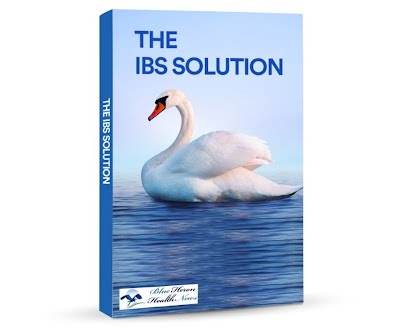
The IBS Program™ / The IBS Solution™ By Julissa Clay The IBS program comes in the format of a step-by-step program that can be purchased by anyone curious. The product is designed for everyone who wants to control their IBS symptoms and enjoy a pain-free life. One of the most impressive aspects of this program is that you may complete the workouts. You may do the workouts during the lunch hour, on a flight, or even at the house, and the great news is that you don’t need special equipment to complete them.
How is IBS diagnosed?
Diagnosing Irritable Bowel Syndrome (IBS) can be challenging because there is no specific test for it. Instead, diagnosis is primarily based on a combination of medical history, symptom evaluation, and the exclusion of other potential conditions. Here’s a step-by-step overview of how IBS is typically diagnosed:
1. Medical History and Symptom Evaluation
- Symptom Criteria: Doctors will ask about the nature, frequency, and duration of your symptoms. The most commonly used criteria for diagnosing IBS are the Rome IV criteria, which require that a patient has experienced recurrent abdominal pain, on average, at least one day per week in the last three months, associated with two or more of the following:
- Related to defecation (improves or worsens with bowel movement)
- Associated with a change in the frequency of stool
- Associated with a change in the form (appearance) of stool
- Duration: Symptoms should be present for at least six months before an IBS diagnosis is considered.
- Pattern of Symptoms: The doctor will ask about your bowel habits (diarrhea, constipation, or both), pain location, and whether you experience bloating, gas, or mucus in your stool.
2. Physical Examination
- General Examination: The doctor will conduct a physical examination to check for any signs of other conditions. This might include palpating (feeling) the abdomen to assess for tenderness, swelling, or other abnormalities.
- Rectal Exam: In some cases, a rectal exam may be performed to rule out other conditions.
3. Exclusion of Other Conditions
- Blood Tests: These are used to rule out other potential causes of symptoms, such as anemia, inflammation, or celiac disease.
- Stool Tests: A stool sample may be analyzed to check for infections, inflammation, or blood in the stool that might suggest other conditions like inflammatory bowel disease (IBD) or infections.
- Imaging Tests: Depending on symptoms, imaging tests like an abdominal ultrasound, CT scan, or MRI might be done to rule out structural abnormalities in the digestive tract.
- Colonoscopy or Sigmoidoscopy: If symptoms are severe, or if there are red flags (e.g., significant weight loss, blood in the stool, anemia), a colonoscopy or sigmoidoscopy may be performed to visually inspect the colon and rule out conditions like colorectal cancer, polyps, or IBD.
4. Application of Diagnostic Criteria
- Rome IV Criteria: Once other conditions are ruled out, the Rome IV criteria are applied to confirm an IBS diagnosis. These criteria are based on symptom patterns over time and are widely accepted in the medical community.
5. Assessment of Symptom Triggers
- Dietary and Lifestyle Review: The doctor may inquire about your diet, stress levels, and lifestyle habits, as these can play a significant role in IBS symptoms. Keeping a symptom diary may be recommended to identify potential triggers.
- Elimination Diet: In some cases, an elimination diet or specific dietary adjustments (such as following a low FODMAP diet) may be suggested to identify food intolerances that could be contributing to symptoms.
6. Red Flag Symptoms (Needing Further Investigation)
- If you have any of the following symptoms, they could indicate a condition other than IBS, and further testing might be required:
- Unexplained weight loss
- Persistent or severe pain that is not relieved by defecation
- Blood in the stool
- Anemia
- Fever
- Family history of gastrointestinal diseases like colorectal cancer or IBD
Conclusion
The diagnosis of IBS is made after careful consideration of your symptoms, medical history, and the exclusion of other potential causes. It’s a process of ruling out other conditions to confirm that the symptoms align with IBS criteria. Once diagnosed, management of IBS typically involves dietary changes, stress management, and sometimes medication to control symptoms.
The IBS Program™ / The IBS Solution™ By Julissa Clay The IBS program comes in the format of a step-by-step program that can be purchased by anyone curious. The product is designed for everyone who wants to control their IBS symptoms and enjoy a pain-free life. One of the most impressive aspects of this program is that you may complete the workouts. You may do the workouts during the lunch hour, on a flight, or even at the house, and the great news is that you don’t need special equipment to complete them.